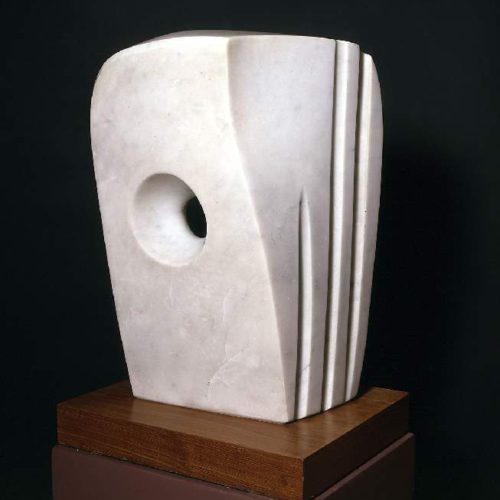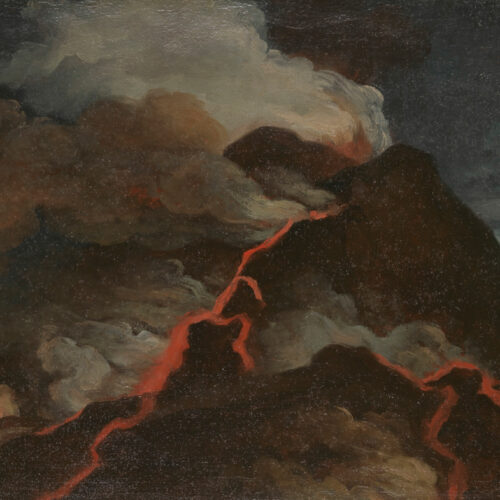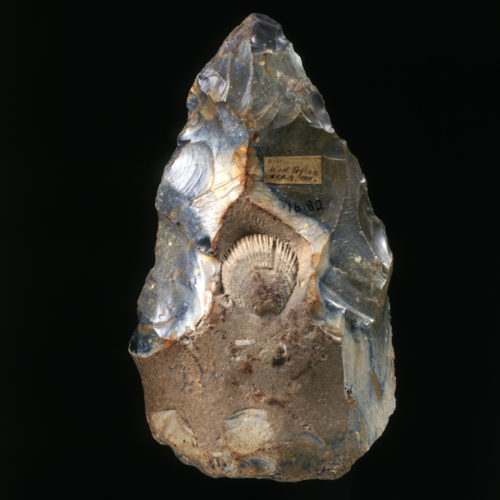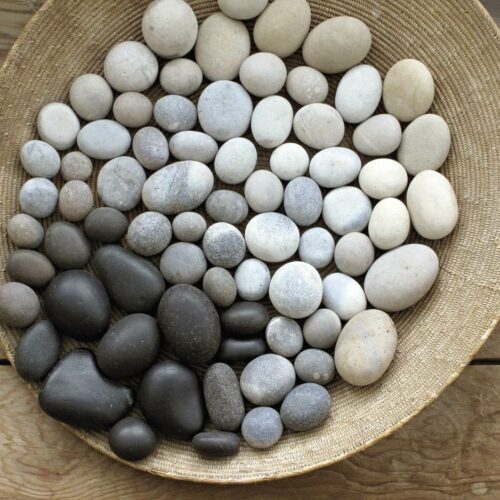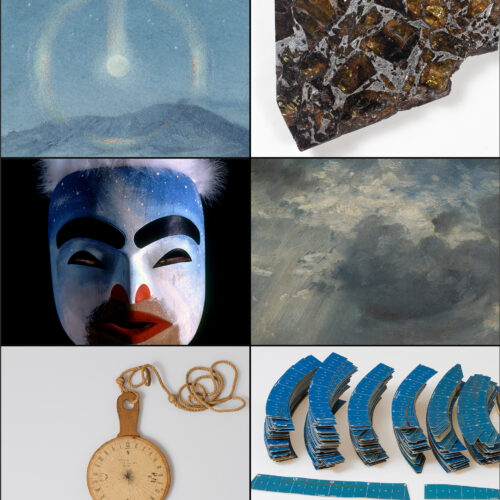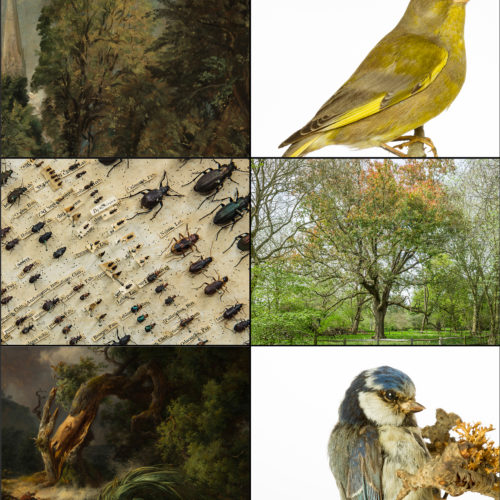Inspire Nature is a teacher CPD programme created and delivered by the university museums and garden. A suite of resources have been created for teachers around the themes of Water, Rocks, Viewpoints, Trees and Skies.
Each set of resources focuses on relevant objects from the collections. The resources include high resolution images, information, videos, question prompts and activity ideas for yourself and your teaching, created by both museum educators and artists.
This page highlights the resources created for the Rocks theme. It focusses on objects in the Fitzwilliam Museum collection, but our padlet below shows resources Kettle’s Yard, the Museum of Archaeology and Anthropology, the Polar Museum, the Whipple Museum of the History of Science.
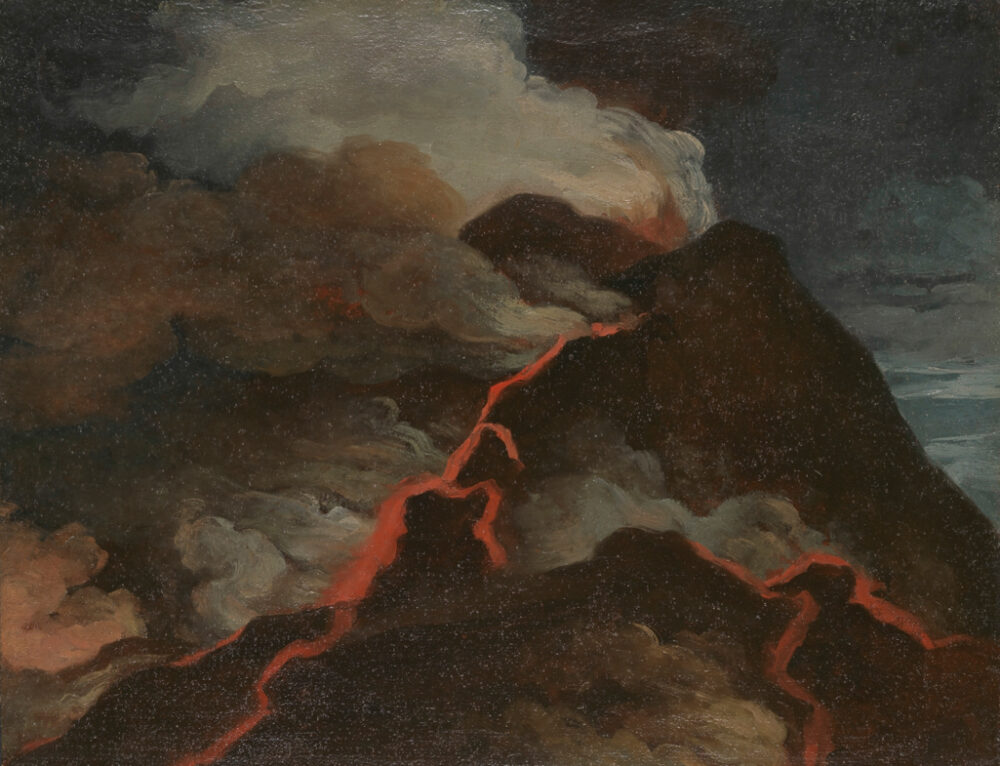
Vesuvius in Eruption, Anicet Charles Gabriel Lemonnier
Lemmonier was a well–known French painter of historical subjects who worked before, during and after the French Revolution.
In 1772, he won a scholarship to study art in Rome called the Prix de Rome. Like many artists, he was attracted to the dramatic sight of Vesuvius erupting and visited Naples and Vesuvius in 1779. This sketch was painted so near the volcano that you can see particles of ash incorporated into the pigment. This indicates that he painted quickly on the spot rather than working from memory.
Volcanoes were described by another painter called Valenciennes as, ‘the most terrible and the most magnificent spectacle that nature had to offer.’ After a major eruption in 1631, Vesuvius was in almost continuous activity until the mid–twentieth century, with at least six relatively severe eruptions taking place between 1707 and 1794 and a further eight during the 1800s. At the time many artists, scientists, botanists took the dangerous trip of climbing a volcano to experience it in person.
Awareness of the destructive power of the volcanos was heightened during the eighteenth century by the archaeological excavations that took place at Herculaneum and Pompeii (1738– 1748). Both of these Roman cities were buried in pumice and volcanic ash following the catastrophic eruption of the long–dormant Vesuvius in AD 79.
Information on the objects from the other museums is available on the Padlet and in the Youtube videos below.
- Do you think the artist painted this volcano from memory, saw it in person, or made it up from stories he had heard? How can you tell?
- Imagine what it would be like to visit an exploding volcano. What would you hear, smell, touch and taste if you could step into this painting?
- Do we have volcanoes in England?
- Make your own volcanic eruption using household items. We like these instructions.
- Experiment with making textured artworks. What could you add from your natural environment to enhance your artwork?
- Look closely at the different colours shapes and textures in rocks in your local area.
- Create a diary entry as if you are experience an erupting volcano for the first time.
- Explore the four main types of volcanoes and compare and contrast their differences in a poster or by making Top Trump cards.
